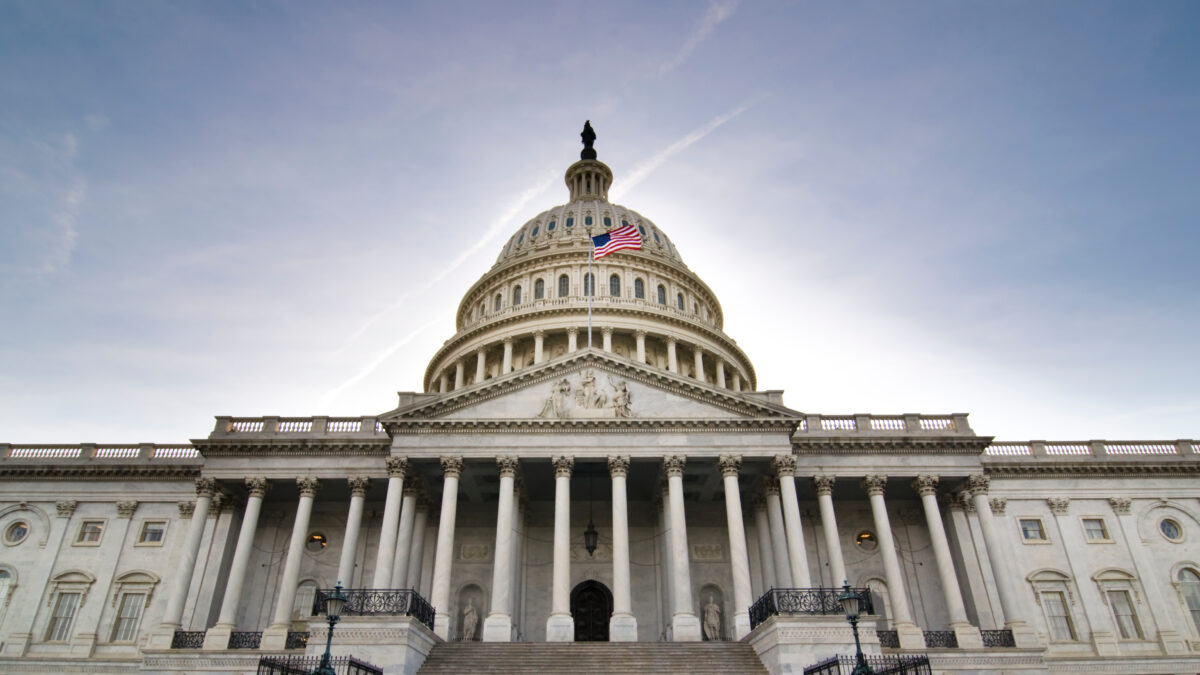The widespread availability of telehealth was one of the few silver linings of the COVID-19 pandemic. With the Public Health Emergency officially ended, policymakers now have the chance to enact permanent reforms that allow patients and providers to continue benefitting from patient-centered telehealth policy.
When the Department of Health and Human Services ended the Public Health Emergency for COVID-19 in May, the announcement signaled that many of the temporary policies put in place during the pandemic would begin to be phased out. Several of those policies gave millions of Americans improved access to telehealth care.
Between 2021 and 2023, Congress and the Centers for Medicare and Medicaid Services worked together to extend or make permanent some Medicare telehealth policies through the Consolidated Appropriations Acts and Physician Fee Schedules. Now, however, states that want to preserve their citizens’ telehealth options must also pursue their own legislative reforms to ensure optimal and continued access to appropriate, patient-centered telehealth services.
State-level legislative wins around the country
Most states have been experimenting with methods to bring health care within reach for all residents. Efforts have included providing reimbursement for live video consultations, providing accommodations for remote patient monitoring, ensuring payment parity among forms of treatment and developing interstate compacts.
Some states have enacted important changes to telehealth policy. These include:
- Recognizing audio-only calls as a form of telehealth (Florida, Maryland)
- Allowing health care providers to treat patients virtually across state lines (Kentucky, Idaho, Oregon, Virginia)
- Permitting patients to use telehealth on their first visit with a health care provider (Idaho)
- Instructing insurers to continue covering telehealth after the pandemic (Nevada)
Telehealth services fill a crucial gap in care. As policymakers preserve some pandemic provisions to ensure health care access, more patients can continue to benefit from having telehealth options.




